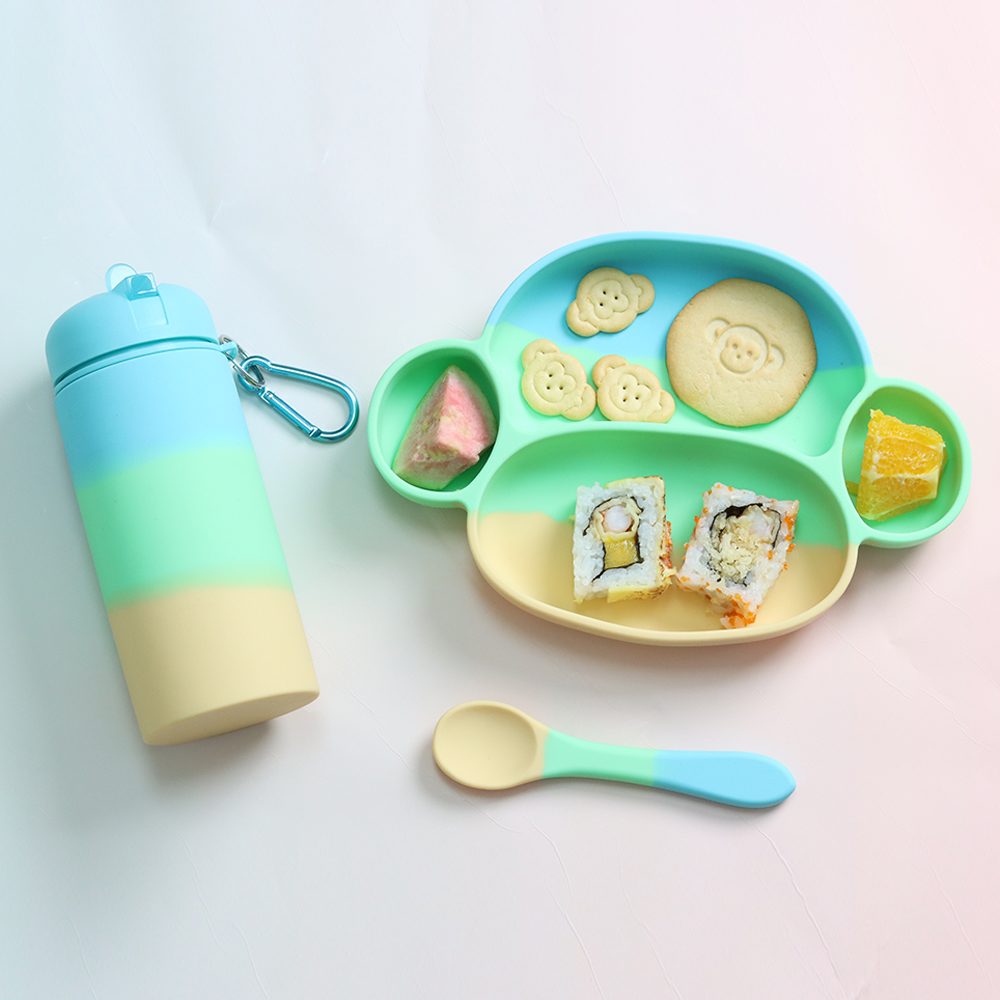Содержание
Say Goodbye to Plastic Bags: Discover the Power of Jewelives’s Reusable Silicone Food Bags
In an age where sustainability and food safety go hand in hand, it’s time to move beyond disposable plastic bags. Whether you pack lunches, freeze leftovers, or store snacks, reusable silicone food bags from Jewelives offer a reliable, eco-conscious alternative for modern households.
Why Switch to Reusable Silicone Food Bags?
Plastic bags may be convenient, but they come with hidden costs—for the environment and your health. Jewelives’s LFGB-certified silicone bags are designed for daily use without compromising on quality or safety.
Here’s how they compare:
| Характеристика | Jewelives Silicone Bags | Traditional Plastic Bags |
| Reusability | Use hundreds of times | Single-use only |
| Food Safety | BPA-free, LFGB certified | May contain harmful chemicals |
| Eco Impact | No microplastic shedding | Major source of environmental waste |
| Температурная стойкость | Microwave, freezer, and dishwasher safe | Not heat or cold tolerant |
| Leak-Proof & Durable | Tear-resistant, secure seal | Prone to tearing or leaking |
| Storage Design | Foldable, flat, space-saving | Bulky and often disorganized |
A Smarter, Greener Way to Store Food
Jewelives’s reusable silicone storage bags are crafted to minimize waste and reduce your plastic footprint. Made with high-quality, food-grade silicone, they’re odorless, non-toxic, and safe for storing everything from baby snacks to prepared meals.
Unlike plastic bags that contribute to landfill buildup, these silicone bags offer long-term use without degrading or releasing harmful particles.
Built to Last – And Save You Money
One-time purchases of Jewelives silicone bags can replace hundreds of single-use bags over time. Whether you’re meal prepping or packing on-the-go snacks, these durable bags are built to handle repeated use and frequent cleaning.
The airtight zip closure keeps contents secure, preventing leaks in your lunch bag or fridge. They’re also easy to wash—just rinse or toss them in the dishwasher.
Designed for Real Life
- Temperature Tolerant: Safe to use in the freezer, microwave, and boiling water
- Flexible and Foldable: Store flat in drawers or roll up when not in use
- Easy-to-Grab Tabs: Great for organizing inside backpacks, purses, or travel bags
- Dust-Resistant Surface: Stays clean and neat even with frequent handling
Maximize Space in Kitchen and Fridge
Forget the clutter of mismatched containers and lids. Jewelives’s silicone bags offer a sleek solution—stackable and space-saving, ideal for small kitchens or packed lunchboxes. The slim profile fits easily in your fridge, freezer, or tote.
From half-gallon bags for storing soup or sliced pizza to smaller snack-sized bags for nuts and fruit, every item in this four-piece set is designed for efficiency and convenience.
What’s in the Set?
- 1 × Large (Half-Gallon) Bag
- 1 × Sandwich Bag
- 2 × Snack Bags
Perfect for meal prepping, travel, school, office, or home use.


Certified Safety You Can Trust
All Jewelives silicone food bags are manufactured in facilities certified by BSCI, Sedex, ISO 9001, GMP, and Disney FAMA, ensuring the highest standards of product safety and ethical production. We only use LFGB-grade silicone, which complies with stringent European food safety regulations.
About Jewelives
With over 21 years of experience in silicone manufacturing, Jewelives specializes in producing high-quality silicone kitchenware and reusable lifestyle products. We hold over 500 patents annually, offering both OEM and ODM services to global brands.
Our commitment to innovation, safety, and sustainability ensures that every product we create combines function, style, and durability.
Ready to Make the Switch?
Join the movement toward sustainable living with Jewelives’s reusable silicone food bags. Reduce plastic waste, save money, and keep your food fresh—all with one smart purchase.
Get in touch to learn more or request a quote for bulk or custom orders.



